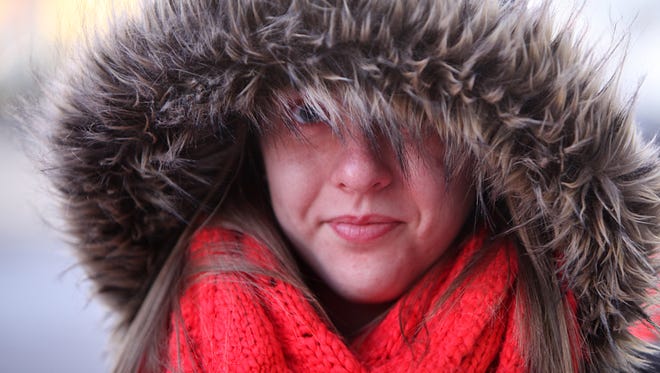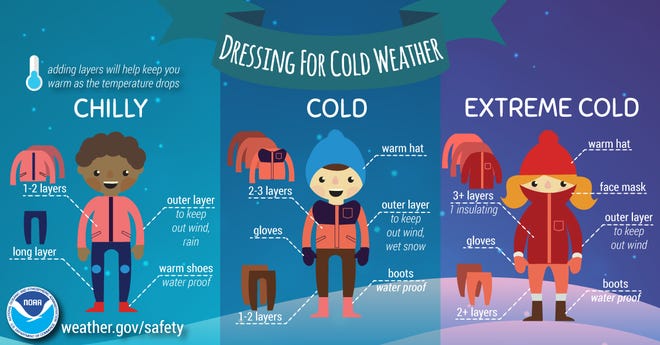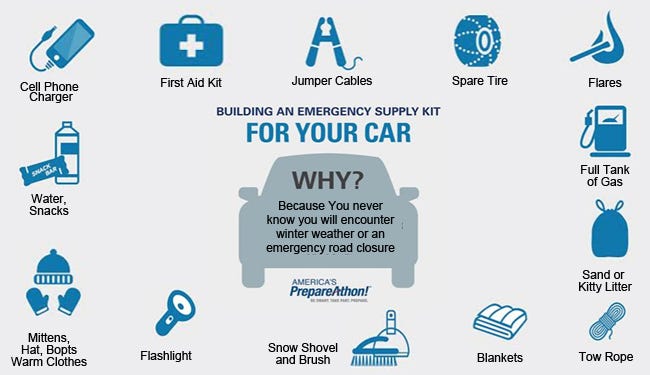Winter weather and temperatures in the single digits and below can pose a risk to both people and animals.
To minimize that risk, there are things you can do both before and during a winter weather event. These include:

Dress for success – To stay warm, be prepared to dress in layers. Consider wearing a base layer made of a material that wicks sweat off your skin, a middle layer that retains body heat, and if you go outdoors, an outer layer that shields you from wind and precipitation.
Cover up – In addition to layers, the National Weather Service advises wearing gloves, a hat (especially one that covers the face), and sturdy boots.

Winter car survival kit – If you must travel during extreme winter weather, the National Weather Service suggests being prepared by having a winter survival kit in your car that includes: jumper cables, flashlights with fresh batteries, first aid kit, baby and special needs gear, non-perishable foods such as nuts and energy bars, at least one gallon of water, a battery or hand-cranked radio, cat litter or sand for better tire traction, a shovel, ice scraper, extra clothes, warmers, blankets or sleeping bags, and a charged cell phone.

Power outage – Duke Energy advises people to make plans to move family members – especially those with special needs – to safe, alternative locations in the event of an extended power outage. If you operate a generator, follow the manufacturer’s instructions to ensure safe and proper operation. Operate your generator outside; never operate it inside a building or garage.
Pets and livestock – Pet owners should bring pets indoors. For livestock, make sure they have adequate shelter, water, dry bedding, and feed to make it through this cold spell, advises the University of Kentucky College of Agriculture, Food and Environment.
Fill up the gas tank – Make sure your vehicle has at least a half a tank of gas during extreme cold situations so that you can stay warm if you become stranded, suggests the National Weather Service.
Be a good neighbor – Be sure to check on neighbors who might need assistance. Older adults and young children are more at risk in extreme cold, according to www.ready.gov.
Winterize your home – If there’s time, prepare your home to keep out the cold with insulation, caulking and weather stripping. The Weather Channel and Today Show weather forecaster Al Roker created a video offering weather hacks for winterizing a home.





